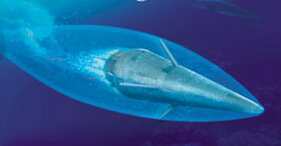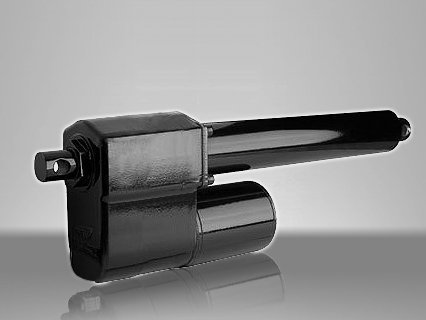Cavitation happens when water moves at extremely high speed around an obstruction in its normal flow. This causes the water pressure around the propeller to drop, creating air bubbles which dissolve after a few moments and causing water to rush in on the empty space created previously by the bubbles then crashing against the obstruction.
Cavitation is considered a nuisance because it creates noise which can pinpoint the location of ships and submarines. The principles of cavitation have become the foundation for developing a whole new class of weapons.
Understanding Supercavitation
The key element in cavitation is the formation of an air bubble which rapidly collapses due to the water pressure around it. The principle of air bubble in liquid has been extended to supercavitation, which focuses on the formation of an air bubble large enough to envelop an object and strong enough to maintain its integrity for some time.
This allows the object enveloped in air to travel at great speeds, since the bubble reduces drag when traveling in water.
An object using supercavitation techniques is typically composed of a specially-designed nose (usually shaped flat with sharpened edges) and a streamlined body that is both aerodynamic and hydrodynamic. When the object travels through water at above 100 miles an hour, the nose deflects the water so swiftly that a bubble is formed. The speed of advance through the water prevents water pressure from collapsing the bubble.
If gas is injected into the resulting bubble (a process called ventilated supercavitation), or if sufficient speed is maintained (around 100 knots or 110 miles per hour), the nose creates an extended, constantly renewed bubble of air through which the object "flies."
Applications of Supercavitation
The first application of supercavitation techniques was in World War II Germany, when supercavitating torpedoes were designed and tested, although never used during the war.
After World War II, only the Russians and Germans were reported to have supercavitating weapons systems – the Russians had Shkval torpedoes which used a rocket engine to achieve speeds of 200 knots underwater (with part of the rocket exhaust being directed to the front of the torpedo to help form the supercavitating bubble). The Germans, on the other hand, started deployment of their supercavitating torpedoes in 2004.
Russia also had an assault rifle for underwater work used by their frogmen or combat swimmers, developed around the same time as the German HK P11 underwater pistol (which is used by German, Dutch, Israeli, Danish and Norwegian combat divers, as well as units of the British SAS and US Navy SEALS and other special operations groups.
The United States appears to be a latecomer in the field. In 2006, the US military awarded contracts to Northrop Grumman and the GE Electric Boat company to develop underwater craft for high-speed transport of personnel and cargoes. They also developed projectiles using supercavitation techniques for clearing sea mines; the projectiles have been shown as effective in hitting and exploding mines as much as 45 meters under the sea.




Follow Us!